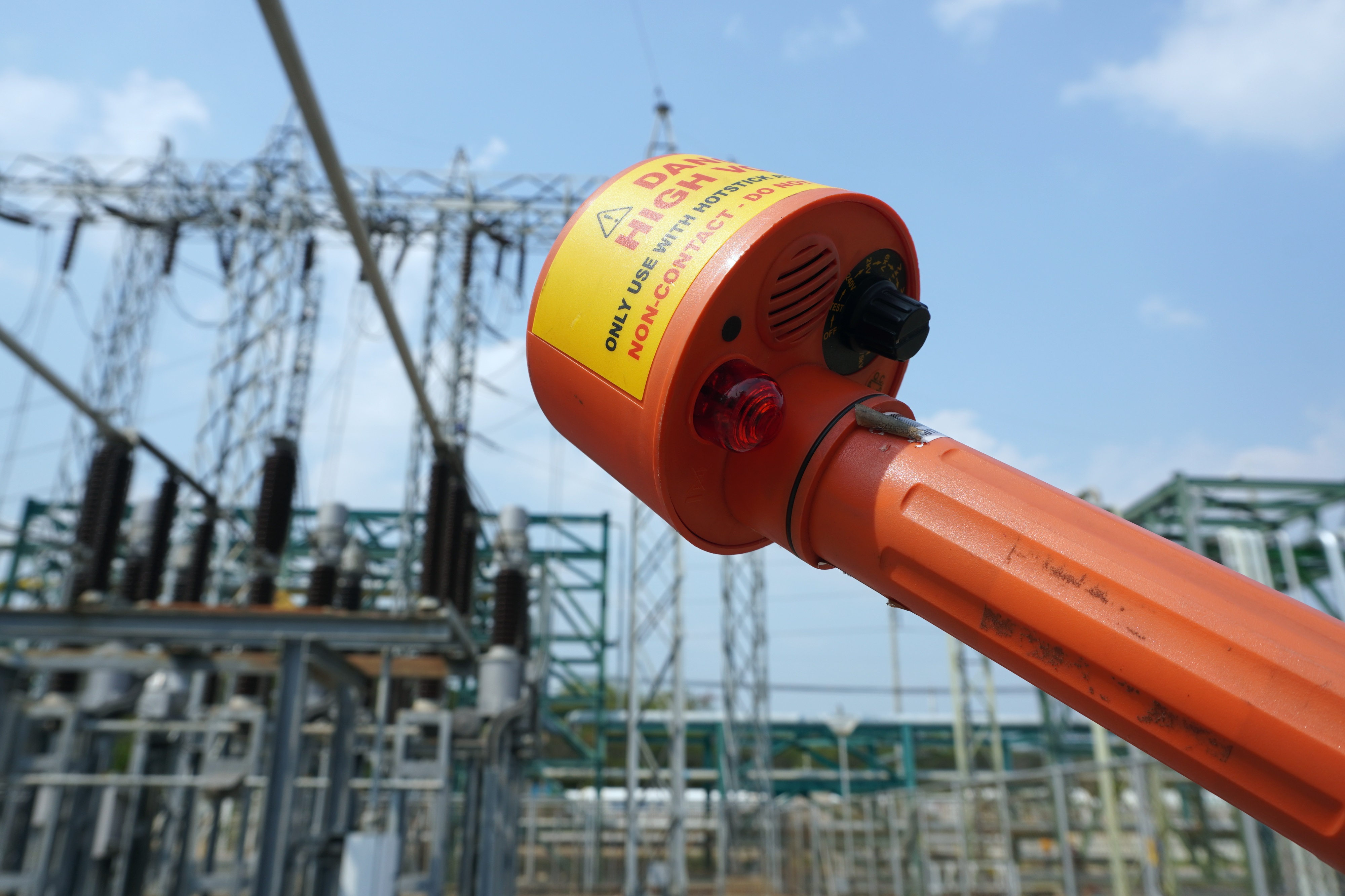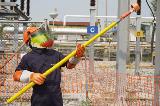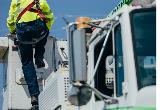Voltage Detectors - Why are they useful? Which industries can benefit? And more!

As more facets of our daily life rely on electricity, the risk of electric shock not only increases but spreads to workers in industries that traditionally may not have faced electrical hazards on a regular basis. Along with increased electrification, the use of DC (Direct Current) power is also on the rise, as renewable energy and electric vehicle (EV) demand continues to grow. When approaching an electrical hazard, it’s crucial to know whether the voltage is present before reaching the approach boundary or coming in contact with equipment.
Why voltage detectors?
So how can workers safely identify a potential electrical hazard? With the voltage detectors, you can detect if there is live power without contact, allowing for safer work practices, to get you home safely day after day. For both DC detectors, simply point the device at a potentially live DC source to determine if there is voltage present. The sound it makes will alert you to danger without any need for physical contact.
Industrial Voltage Hazards
 With renewable energy being the main focus of expansion around the world, solar and wind power are becoming more popular. As an example, with the majority of US wind farms located in the mid-west plains region, Iowa was able to supply over 30% of its electricity through wind power in 2016 and that only continues to grow each year (Wind Energy, n.d.). As always with energy – whether it be coal and oil or solar and wind, there are a handful of hazards and risks, including fall hazards, confined spaces, burns, and importantly electrical and shock hazards (Marsh, 2021). Workers in the renewable energy market can be exposed to high voltage electrical hazards which can be present in the production, the set-up and build or the generation and maintenance of these energy sources. Per OSHA, NFPA, and others, it is important to first substitute and eliminate all potential hazards, but also to have equipment and PPE to help mitigate that risk to the worker.
With renewable energy being the main focus of expansion around the world, solar and wind power are becoming more popular. As an example, with the majority of US wind farms located in the mid-west plains region, Iowa was able to supply over 30% of its electricity through wind power in 2016 and that only continues to grow each year (Wind Energy, n.d.). As always with energy – whether it be coal and oil or solar and wind, there are a handful of hazards and risks, including fall hazards, confined spaces, burns, and importantly electrical and shock hazards (Marsh, 2021). Workers in the renewable energy market can be exposed to high voltage electrical hazards which can be present in the production, the set-up and build or the generation and maintenance of these energy sources. Per OSHA, NFPA, and others, it is important to first substitute and eliminate all potential hazards, but also to have equipment and PPE to help mitigate that risk to the worker.
Electrical Safety for First Responders
 Even for those in emergency services, with more people adding solar panels to their homes and businesses, voltage is a potential hazard for first responders now as well. If there should be a catastrophic event such as a fire located in a building with an electrified solar panel, this could result in unforeseen exposure to those electrical hazards.
Even for those in emergency services, with more people adding solar panels to their homes and businesses, voltage is a potential hazard for first responders now as well. If there should be a catastrophic event such as a fire located in a building with an electrified solar panel, this could result in unforeseen exposure to those electrical hazards.
Another hazard for emergency service workers is electric vehicles. The electric vehicle market is expanding, and therefore is exposing more people to the electrical hazards that come along with them. It’s important to understand the next steps when presented with potential shock hazards from electric vehicles. Per NFPA, the first step when emergency services arrive at the scene of an accident is to identify if the vehicle is electric not, the second step is to immobilize the vehicle, and then the third step is to disable the vehicle (R. Thomas Long Jr., 2013). Unfortunately, if the accident is too severe or the responder is not familiar with all EV makes and models, it can be very hard to tell if the car is an electric vehicle or not.
Approaching a vehicle without knowing for sure if it is electric and/or energized, the responder would be putting themselves in harm’s way by going to set the emergency brake and possibly being severely injured by those potential shock hazards. In these situations, having a voltage detector that can warn the user of the hazard quickly and safely could mean the difference between life and death. In an emergency, you need safety, swiftness, and certainty. This allows a first responder to detect if there is voltage present before even reaching the approach boundary. This will reduce the likelihood of touch and step potential and allow for the responder to don the appropriate PPE needed before proceeding if there is live power detected.
In Conclusion
With a shift in focus toward renewable energy, DC voltage hazards are becoming more common. Outside of substitution and elimination, the first step toward safer work practices is to detect live power before ever approaching or coming in contact with the potential hazard.
Connect with Saf-T-Gard to Learn More
Industrial safety is our legacy going back 9 decades, and electrical safety is our specialty. For an overview of our electrical safety products and services, including National Safety Apparel, please visit Electrical Safety.

-logo5d44a23bb5466d0890f9ff0000b1ecf4.jpg?sfvrsn=0)